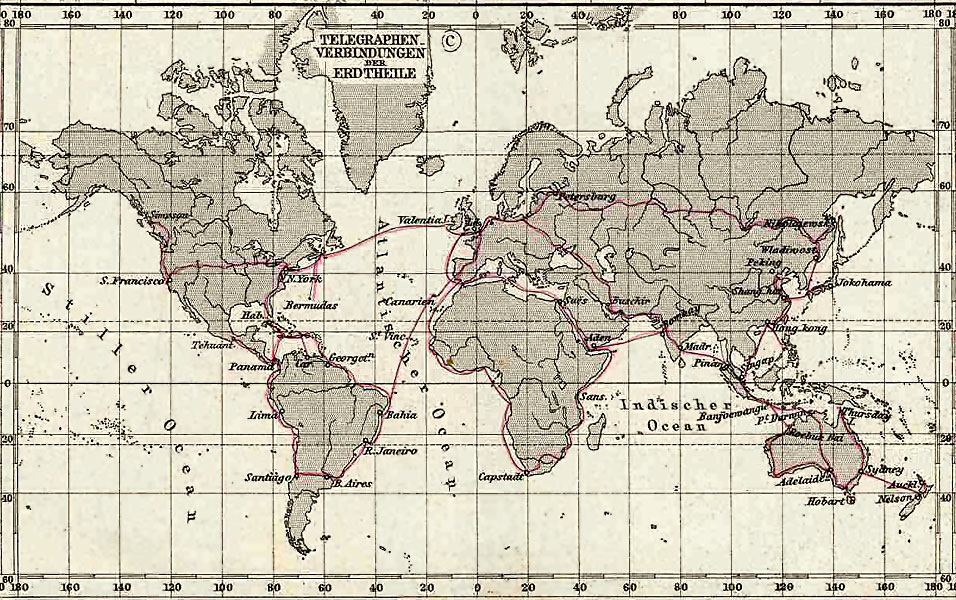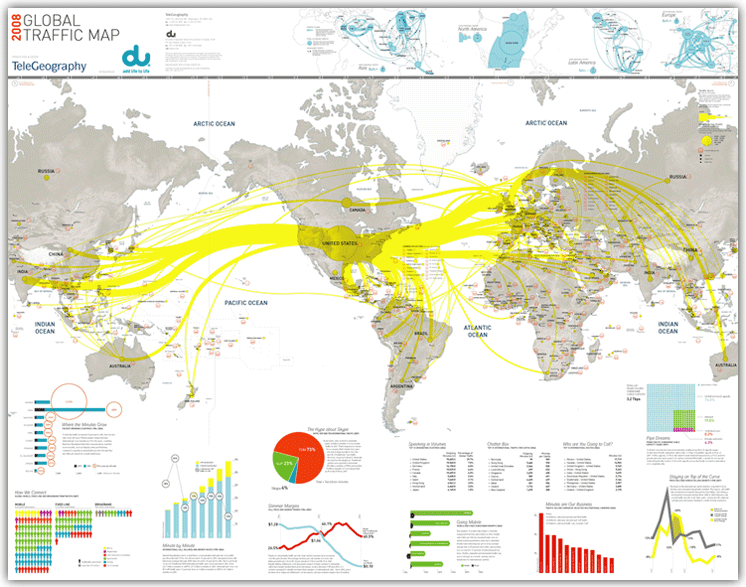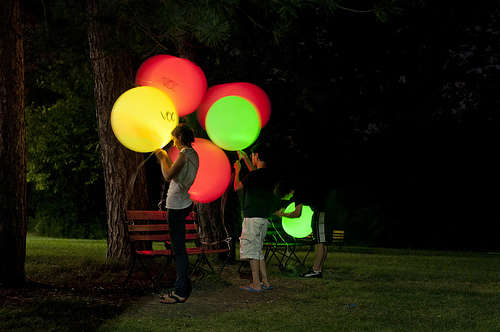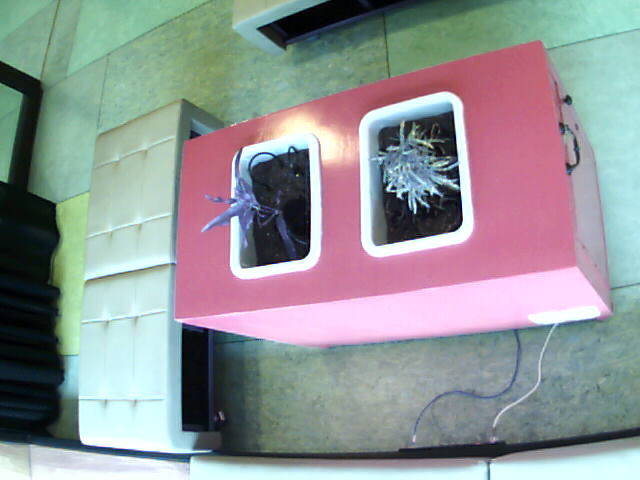Clearly, Yahoo knows the keys to better living.
Continue reading
Category Archives: tech
The Global Network
1891

1901

2008

The Facebook Map
Paul Butler’s Facebook friend visualization has been going around the intertubes recently. He says:
Not only were continents visible, certain international borders were apparent as well. What really struck me, though, was knowing that the lines didn’t represent coasts or rivers or political borders, but real human relationships. Each line might represent a friendship made while travelling, a family member abroad, or an old college friend pulled away by the various forces of life.
While it is true that’s what the arcs represent “friends”, but the image is informed by the geographic coordinates of the planet. What I find interesting isn’t what his visualization shows, but what it doesn’t show.
Here’s what I found.
Continue reading
Sony’s PS-F9 (1983)

Sony announced the discontinuation of the Walkman. Like Christopher Hickey of Salon, I was surprised that they were still making them. Of course the world is not developed economies, so there is/was a market for them.
Throughout Hickey’s article, he linked to Walkman Central to highlight different models. It’s a site cultivated with the love and obsession that makes the Internet proud. Poking around I came a cross the PS-F9, portable phonograph. Ultimately impractical, it was only made in 1983. It featured next and previous song controls, and of course the exposed record and vertical orientation.
I’d love to have one of these, and put it next to a Teac X-2000R, but the only vinyl records I own are a possibly scratched “Ghostbusters” soundtrack and a sealed copy of R.E.M.’s “Monster”. Borrowing albums from my parents isn’t really an option, because with the notable exceptions of James Taylor’s “Sweet Baby James,”, and “The Johnny Cash Show“, I’d be left with Englebert Humperdinck, the symphonic Beatles, and a “Teach Yourself Polish” album sans workbook. Well that’s not entirely true, there is “Tom Jones Sings She’s a Lady”, but it is quite a sad collection.
Latro

Mike Thompson‘s latest project, Latro, again examines using biology as an energy source. Actually, it’s not really a device at all, but rather simply a mock up of a device. According to the detailed description Latro uses 30-nanometer gold electrodes to extract electrical current from the chloroplasts of algae. Like his previous work, owners must consider the source of the energy they are receiving. Before they had to make a cost-benefit calculation, and now they must maintain and care for the energy source.
The Yansei/Stanford team that inspired this work successfully drew a currents of between 1.2 – 12 pA depending on light intensity. Thompson points in terms of amps per area, this is 0.6 – 6.0 mA/cm2. Photovoltaic cells currently operate at about 35 mA / cm2. Extracting a few electrons from photosynthesis is interesting, but it’s hard for me to think of how this could scale to anything beyond a lab bench curiosity, since you need a nanowire in each chloroplast you want to siphon from. So why do this? The Yansei/Stanford team wasn’t actually trying to create a power source, but rather wanted to study electron transfer in photosynthesis.
Clearly, photosynthesis extraction isn’t going to to replace photovoltaics, but it is interesting to think of a world where technology has biological components. Say <biological neural networks to solve complex problems. A sort of biopunk world, or perhaps just Star Trek circa 2370.
Blood Lamp

Mike Thompson‘s Blood Lamp is a sealed flask containing luminol. When the owner finds himself in need of light, the neck is broken, and the owner uses the jagged edge to cut his finger and drip blood into the liquid contained in the flask.
On a superficial level, the lamp looks like something out of Zork, or something out of an alchemical lab. (Funny, how “menstrual blood of a virgin” is never a magical ingredient. It would be in my magical world.) Thompson says his intention was to bring awareness to how much energy is consumed by each person in a year, and this work does do that in a way that only art can. The other thing that I like about this work is that it uses blood as an energy source.
Like many people, I’ve fantasized about blood powered medical implants, and wondered how such implants would effect the patient’s appetite and energy levels. Earlier this year, an implantable glucose powered fuel cell was tested. Recreating the glucose fuel cell, is probably difficult to make at home, but a blood lamp can be made with a simple order of luminol from online suppliers. Place a solar cell around the luminol, and very inefficient blood powered device can be yours.
Bacterioptica

Design collaborative Mad Lab‘s chandelier Bacterioptica (located somewhere in New Jersey, much like Toxie. No, not that one, this one.) features exposed fiber optics (courtesy of Del Lighting) routed through petri dishes full of bacteria. As the bacteria colonies mature, the light is attenuated.
Mad Lab’s site implies that it’s available as a kit, but I don’t know if I want E. Coli hanging above the dinner table. Still, the light looks very cool, and I imagine that the light diffused through agar would be very interesting indeed.
Detail photo after the jump.
Continue reading
GUL Two

d&@le Concepts concepts (nomme de art for Alessandro De Ambrogio and Carlos Basanta) have created the GUL Two, a solar powered LED plant that lights up at night. Currently installed at in the Elemental Gardens at Pacific National Exhibition in Vancouver.
Air Quality Balloons
“Tethered balloon specialists”, Aerophile, a European balloon company, has installed a glowing balloon over Paris to inform Parisians of the local air quality. Named Air de Paris and located in the Parc Andre Citroën, the balloon relays data from sensors deployed throughout Paris as part of the CITEAIR project.

This work draws an obvious comparison to the work of Stacey Kuznetsov, a student in Eric Paulous‘s lab at CMU. Her Air Quality balloons, integrated a air quality sensor along with RGB LEDs directly into a weather balloon, to provide local, rather than regional air quality information. I have no idea of Aerophile contacted Stacy Kuznetsov, or what, but the idea of local information.
Meet Eater

Bashkim Isai has hooked up a plant so that it gets its nourishment from interacting a social networks. Named Meet Eater, the plant receives a dose of water every time someone performs a social gesture about it on Facebook. After 91 days, it currently has 8140 fans.
Do we have something to replace Internet vending machines? No. Nothing will replace Internet vending machines.
Thanks Max!




